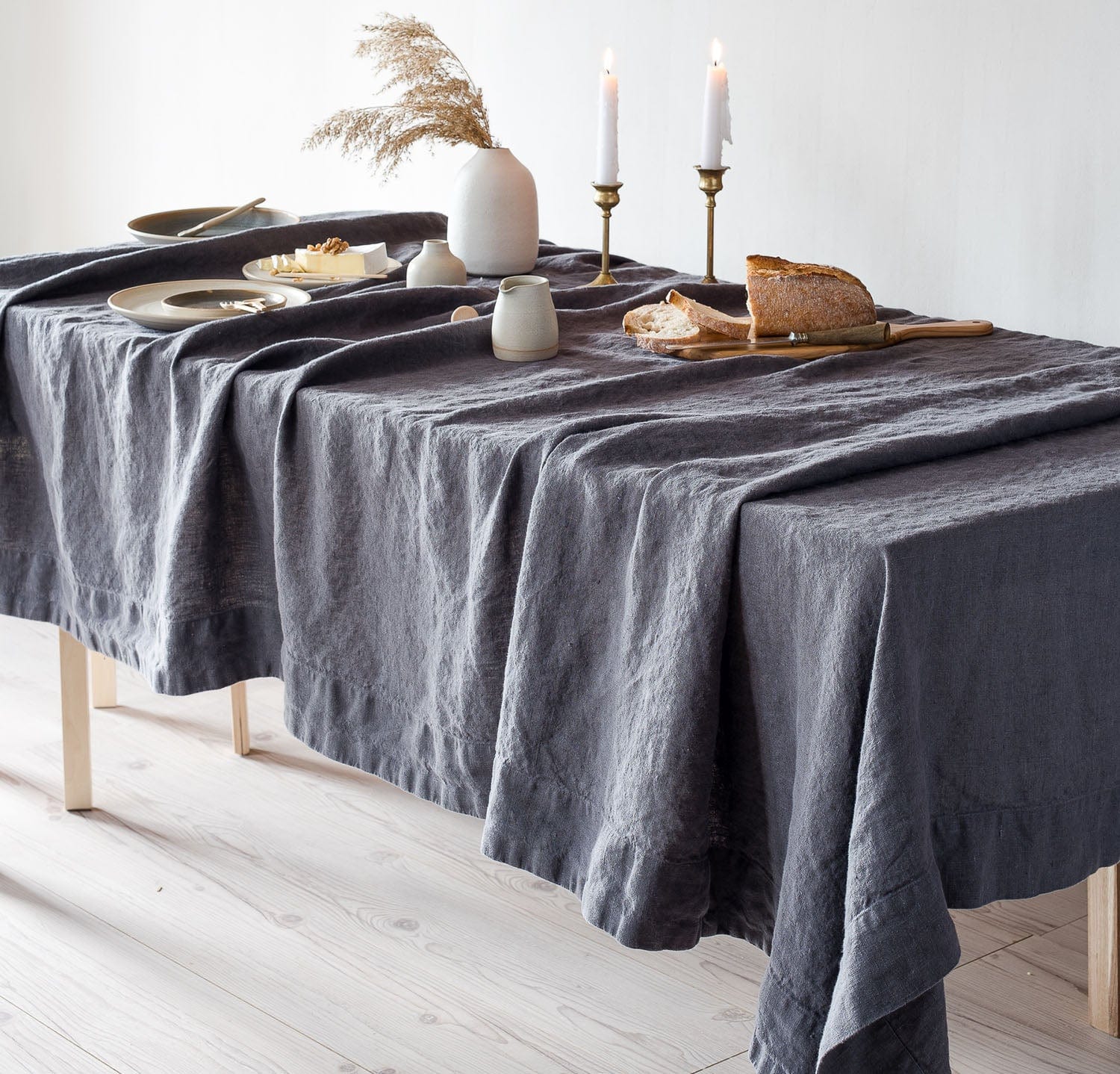Bed Linen Textile Developments: Checking Out Modern Trends and Creative Applications in Layout and Fabric Sector
From sustainable production approaches to sophisticated weaving modern technologies, the advancement of bed linen is reshaping the landscape of the textile sector. As we dig into the worlds of imaginative layout applications and the introduction of linen blends and hybrid textiles, a new chapter unravels in which bed linen's role in future textile advancements takes center phase.
Lasting Practices in Linen Manufacturing
Sustainable practices in bed linen manufacturing have actually ended up being increasingly crucial in the fabric market's initiatives to lessen environmental impact and advertise ethical sourcing approaches. Linen, an all-natural fiber originated from the flax plant, offers an array of benefits such as breathability, biodegradability, and durability. Nevertheless, typical techniques of bed linen production can entail considerable water intake, pesticide use, and energy-intensive procedures.
To deal with these obstacles, numerous fabric producers are taking on sustainable techniques throughout the linen production procedure. This consists of sourcing flax from organic farms that stay clear of dangerous chemicals and chemicals, executing water-efficient retting strategies to extract fibers from the flax stalks, and using environment-friendly dyes and finishes. Additionally, some firms are buying renewable resource resources to power their production facilities and minimizing waste via recycling and upcycling campaigns.
Technological Developments in Linen Weaving
With the expanding focus on lasting practices in linen production, the textile market is currently observing a surge in technological improvements especially targeted at changing the art of bed linen weaving. These innovations are reshaping the way bed linen materials are created, using raised performance, top quality, and creative thinking in weaving strategies.
Among the vital technical innovations in linen weaving is the assimilation of computerized looms. These innovative looms are geared up with software program that permits complex and complicated layouts to be woven with accuracy. By digitizing the weaving process, producers can achieve greater uniformity and precision in their bed linen materials.
Additionally, developments in yarn spinning modern technology have actually allowed the production of finer and even more long lasting linen yarns - table cloths. This results in softer and smoother bed linen materials that keep their quality also after several uses and cleans
Additionally, the growth of green dyeing procedures and finishes for linen textiles is gaining grip. These sustainable techniques not only reduce the ecological impact yet also provide to the boosting consumer need for fairly produced fabrics.
Creative Design Applications for Bed Linen
Innovative creative strategies are increasingly shaping the imaginative style applications for linen in the fabric industry. Linen's all-natural visual charm and capability to mix with various other fabrics make it a preferred selection for developing unique garments and accessories that cater to the ecologically mindful customer.
In addition, designers are explore linen in home design, utilizing its sturdy and breathable nature to craft stylish furnishings such as drapes, bed linen, and furniture. The structure and drape of bed linen bring a sense of class and convenience to indoor areas, including a touch of style to modern-day homes.

Bed Linen Blends and Crossbreed Fabrics
:max_bytes(150000):strip_icc()/best-tablecloths-fw-FT-AFF1122-702aafd872a649dfaa0f1d1d0ffd171c.jpg)
Crossbreed materials, on the other hand, take the principle of blending an action additionally by incorporating added aspects such as metal strings, recycled materials, or conductive fibers. These cutting-edge textiles not just expand the layout possibilities yet additionally introduce functional elements like conductivity, antimicrobial homes, or enhanced longevity. Hybrid fabrics are significantly being utilized in numerous industries, consisting of style, indoor layout, and technical textiles, where the need for multifunctional products gets on the surge.
Linen's Role in Future Textile Innovations

In the realm of future textile advancements, bed linen is anticipated to be a principal in the growth of advanced functional materials. Developers and scientists are discovering means to enhance linen's intrinsic top qualities via technological advancements, such as incorporating wise fabrics, nanotechnology, and performance finishes. These innovations aim to elevate linen's performance attributes, making it suitable for a wider series of applications, from activewear to safety apparel.
Moreover, the mix of bed linen with various other natural or synthetic fibers opens up endless opportunities for developing unique fabrics with one-of-a-kind properties and functionalities. By leveraging linen's attributes and exploring innovative blends, the textile industry is poised to introduce interesting developments that satisfy evolving customer requirements and sustainability demands.
Conclusion
Finally, the expedition of lasting methods, technological developments, creative layout applications, bed linen blends, and its duty in future fabric advancements highlight the constant development of linen textile in the contemporary style and textile sector. With a concentrate on innovation and creative thinking, the adaptability and environment-friendly nature of linen make it a useful material for makers and developers alike, leading the way for check out this site additional developments and developments in the area of textiles.
As we dig into the worlds of imaginative design applications and the emergence of bed linen blends and hybrid textiles, a brand-new phase unfolds in which linen's function in future fabric technologies takes center phase.
Exploring the blend of linen with other materials has actually led to the development of cutting-edge blends and hybrid textiles in the modern fabric industry. Linen blends use an unique combination of the features of linen with those of other fibers, resulting in materials that have enhanced homes such as raised sturdiness, boosted draping, and reduced wrinkling.The development of bed linen blends and crossbreed textiles has set the stage for Bed linen to play a crucial duty in driving future textile developments.In the realm of future fabric developments, linen is expected to be a crucial gamer in the growth of advanced functional materials.
Comments on “Innovative Table Runner Utilizes: Beyond the Dining Table”